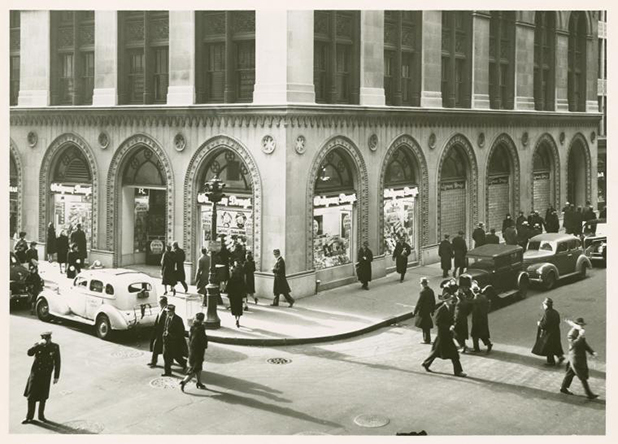There has been a lot of debate and policy discussion in Metro Vancouver over the increasing suburbanization of businesses over the past two decades. The issue is a concern for planners for many reasons: the dispersed locations encourage urban sprawl and greenfield construction. Because business parks are often far from existing transit infrastructure, they can also increase trips by single-occupant vehicles (SOVs). But for many business owners, the cheaper land and lower taxes in fringe areas are too good to pass up. Many municipalities favour office and business park construction in their fringe areas because the new employers add to their tax base and also provide local jobs. This trend still seems to be alive and well in Metro Vancouver, despite policies supporting mixed-use centres throughout the region, but in some American cities the tide seems to be turning.
In an article in the Harvard Business Review, Ania Wieckowski writes that “suburbs have lost their sheen” as both younger and older worker are increasingly choosing to live in denser, mixed-use communities with better transportation options. In the last US Census, 64% of 25- to 34-year olds said they looked for a job after choosing a city in which to live. Businesses like United Airlines and Quicken Loans recently announced that they would be moving their headquarters from suburban to urban locations: United will locate in downtown Chicago and Quicken Loans in Detroit. Many CEOs are realizing that if they want to remain competitive, they need to contribute to more vibrant central cities.


Such a shift means that there would have to be all kinds of changes in the ways national retail chains locate and design their stores: the big-box and strip mall architectural styles will need to evolve to fit more urban settings…or evolve back to the city, as Wieckowski puts it. Walgreens, which recently acquired the Duane Reed chain, used to be a staple on small town main streets. We have seen this trend in Canadian cities, with some big box stores choosing to locate in inner city areas: Home Depot, Canadian Tire, Future Shop, and the like. Vancouver actually has some great examples of these, like the Shoppers Drug Mart/Future Shop on West Broadway near Burrard Street. But we certainly don’t have any examples of major employers relocating to the city: as Tom Hutton frequently writes, Vancouver is still reeling from the losses of the major forestry headquarters during its transition from a resource-based economy to a finance- and service-based economy.
As the American shift back to the city is happening at a time when housing choices are also skewing urban, it’s again time to reflect on the differences between their cities and ours: while we certainly have urban sprawl and suburbanized employment, the level of disinvestment in our cities is still not the same as it is in the US. In particular, without the high levels of segregation and massive public housing projects located in many American cities back in the 1950s and 1960s, Toronto, Vancouver, Montreal, and even smaller cities like London and Kelowna have been able to maintain competitive housing prices in inner city neighbourhoods. Too competitive, in fact: housing affordability is a major problem in our the first three cities, and even in smaller cities like Kelowna and Vernon, BC. Whereas in the US, the recent shift back to cities as a place for business location may be tied to the recent trend to live in urban centres, which I discussed in a previous post. The current housing crisis means that in many American cities, housing is affordable even in inner city neighbourhoods, and with the new emphasis on rental housing there are more options available for those wanting to live urban lifestyles. These types of choices are less available in Canadian cities because the demand for urban housing never decreased, even during the US mortgage crisis: witness Marcelle Czerny’s recent article in the Globe and Mail on the quest for an affordable home in Toronto and her unwillingness to leave the city for the suburbs.
